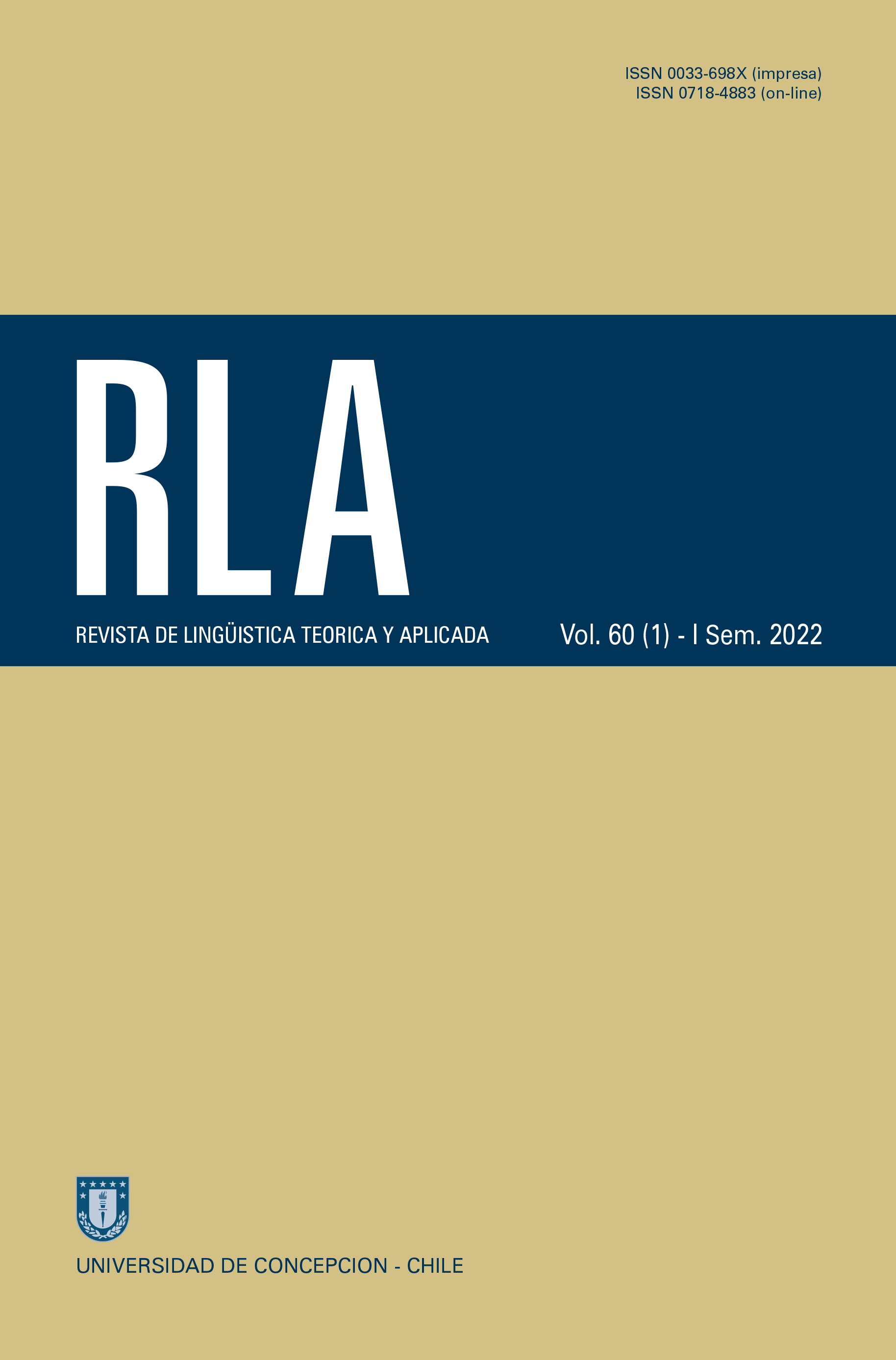CORRELATIONAL STUDY BETWEEN IDENTITY AND MOTIVATION OF CHINESE STUDENTS IN LEARNING SPANISH AS A FOREIGN LANGUAGE
DOI:
https://doi.org/10.29393/RLA60-1ECCI20001Keywords:
Spanish as a foreign language (SFL), Chinese students, motivation, identity, correlational studyAbstract
The purpose of this study is to analyze to what extent the learning of Spanish as a foreign language by Chinese-speaking university students causes changes in their personal and sociocultural identities. Personal variables (gender, level of Spanish) and types of motivation (extrinsic and intrinsic) are studied in relation to six dimensions of identity: self-confidence; reduction of cultural identity; expansion of cultural identity; reinforced identity; divided cultural identity; and no change. To do this, a questionnaire applied to 301 students from three Chinese public universities that include a Hispanic language and culture faculty has been designed and validated. Statistical analysis shows that (i) women are more flexible and open to new forms of linguistic and cultural knowledge; (ii) students motivated by a personal taste for learning Spanish and for relationships with Hispanic cultures develop greater self-confidence and a reinforced identity that integrates the two cultures; and (iii) students motivated by the desire to get good grades develop greater selfconfidence, but also a divided cultural identity.
Downloads
Published
How to Cite
Issue
Section
Copyright (c) 2022 Universidad de Concepción

This work is licensed under a Creative Commons Attribution 4.0 International License.







